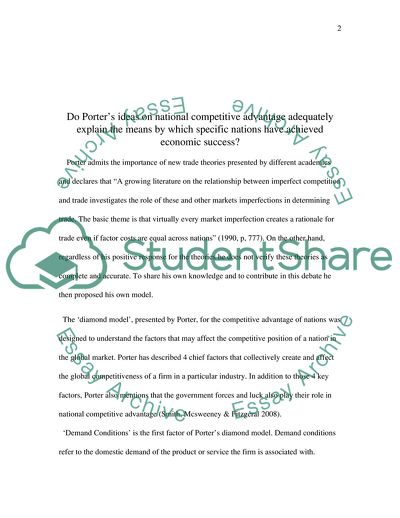Cite this document
(Do Porter's Ideas on National Competitive Advantage Adequately Explain Essay, n.d.)
Do Porter's Ideas on National Competitive Advantage Adequately Explain Essay. Retrieved from https://studentshare.org/macro-microeconomics/1720739-do-porter8217s-ideas-on-national-competitive-advantage-adequately-explain-the-means-by-which-specific-nations-have-achieved-economic-success
Do Porter's Ideas on National Competitive Advantage Adequately Explain Essay. Retrieved from https://studentshare.org/macro-microeconomics/1720739-do-porter8217s-ideas-on-national-competitive-advantage-adequately-explain-the-means-by-which-specific-nations-have-achieved-economic-success
(Do Porter'S Ideas on National Competitive Advantage Adequately Explain Essay)
Do Porter'S Ideas on National Competitive Advantage Adequately Explain Essay. https://studentshare.org/macro-microeconomics/1720739-do-porter8217s-ideas-on-national-competitive-advantage-adequately-explain-the-means-by-which-specific-nations-have-achieved-economic-success.
Do Porter'S Ideas on National Competitive Advantage Adequately Explain Essay. https://studentshare.org/macro-microeconomics/1720739-do-porter8217s-ideas-on-national-competitive-advantage-adequately-explain-the-means-by-which-specific-nations-have-achieved-economic-success.
“Do Porter'S Ideas on National Competitive Advantage Adequately Explain Essay”. https://studentshare.org/macro-microeconomics/1720739-do-porter8217s-ideas-on-national-competitive-advantage-adequately-explain-the-means-by-which-specific-nations-have-achieved-economic-success.


